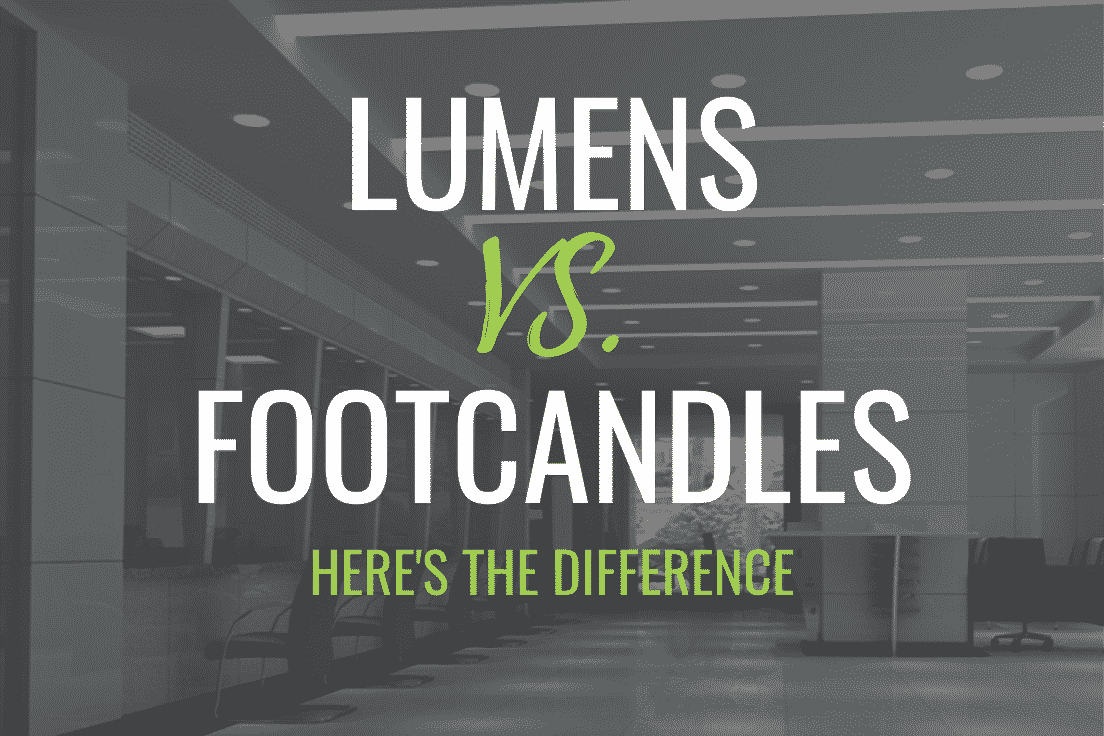One of the biggest confusions in the LED lighting world is the distinction between “lumens” and “footcandles.” General consumers, architects, and even electrical contractors may find it difficult to distinguish between them or understand why it’s important to do so.
Yet having a clear understanding of both terms can be essential in designing an effective lighting plan.
“Lumens” refers to the amount of light that is being produced by a fixture–the term is focused on the source of light itself.
By contrast, “footcandles” refers to a measure of the amount of light on the surface of what is being lit–the term focuses not on the fixture itself but on how much light from the fixture is visible at the surface of what is being measured.
For example, when we have the impression that a space is dark or not well lit, what we’re really responding to is the lack of footcandles, not necessarily the lack of lumens. That’s why it’s a good idea to understand the number of footcandles that a space needs, and let that guide your purchasing decisions.
There are several ways to measure footcandles. One way is to use a “light meter,” a device used to measure how much light hits the surface. For example, if a factory wanted to measure the footcandles of a working table, the light meter would be placed on the table and would measure the amount of footcandles being produced on the table. Software can also be used to determine the footcandles.
If you are considering a change in lighting, it’s a good idea to measure the footcandles that already exist in a given space–that way, you’ll know whether you want the same amount of lighting or more lighting. The comparison can help to determine the best fixtures and the number of lumens for that space.
One point to consider is that it’s hard to drastically increase the number of footcandles in the facility while also decreasing the use of energy because one comes at the expense of the other. If you save a lot on the energy, that means you’re using a fixture that does not have much wattage, which won’t produce many lumens, which will mean that there are fewer footcandles.
Yet LED lighting is superior to traditional lighting in that it uses much less energy to produce more illumination.
Both lumens and footcandles are distinct and provide important measurements. But when considering new LED lighting, be sure to understand the importance of footcandles for the specific environment.

